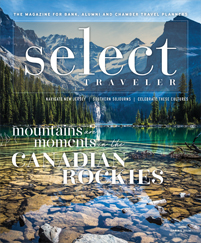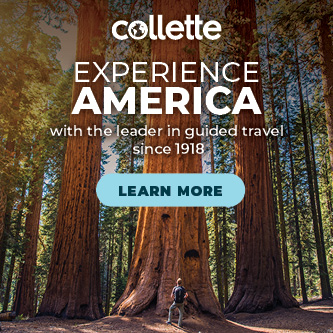If history is best understood by walking the ground where it happened, a lesson on Colonial America means a trip to these sites in the Northeast. At each location, historians have preserved the early stories of sacrifice, dedication and devotion that led to the creation of a nation.
Trinity Episcopal Church
Newport, Rhode Island
Built in Newport in 1726, Trinity Episcopal Church has remained largely unchanged for more than 290 years. The tall, three-tiered pulpit still looks out over the original pews, among them the pew where George Washington once sat as a distinguished visitor. Though the church is still an active parish, history buffs from the congregation volunteer to show groups around their precious piece of Colonial history.
“We are tied into the very founding of Rhode Island,” said the Rev. Canon Anne Marie Richards, who climbs the 10 large steps to the pulpit to preach each week. “People came to Rhode Island in order to have a place where they could worship — or not worship — as was their desire. We stand as a beacon for that wonderful heritage of religious freedom.”
The building itself is unusual for its large size and its impressive number of windows, which allow anyone walking by a view of services. During tours, volunteers point out the gold-tipped staffs used to prod sleepers during lengthy Colonial services, a 1728 chandelier original to the building and the rear balcony organ with a decorative crown in honor of Queen Anne.
Regular tours run from May to October, but groups can call to request a tour in any season. Richards suggests visiting Trinity in conjunction with three other religious sites: Touro Synagogue, America’s oldest Jewish house of worship; Newport Congregational Church, with glass windows designed by John La Farge in 1857; and St. Mary’s Catholic Church, where Jacqueline and John F. Kennedy married. The website www.4faiths.org provides an organized tour of the four.
Independence Hall
Philadelphia
The birthplace of the United States, Philadelphia’s Independence Hall holds some of the nation’s favorite memories. Originally Pennsylvania’s Statehouse, the redbrick building with its clock tower and steeple is where Congress gathered after the British first attacked. In the same assembly room, Washington was appointed commander in chief, the Declaration of Independence was signed, and the Constitution was adopted.
“We have the hall set up to look as it did in the 18th century,” said Andrew McDougall, special-use coordinator for Independence National Historical Park. “As rangers guide groups through the tour, they can imagine Washington and Jefferson ironing out our new system of equality.”
In addition to telling the hall’s history, rangers point out the silver inkstand used by delegates to sign the Declaration of Independence and Washington’s iconic Rising Sun chair. The hall also contains an exhibit of founding documents, including the final draft of the Constitution and the first printing of the Declaration of Independence.
An unusual way to view the hall is on the Independence After Hours Tour organized by Historic Philadelphia. After dinner at a reconstructed Colonial tavern and a visit by Thomas Jefferson, the group gets exclusive evening access to Independence Hall, where actors play the Founding Fathers as they discuss the Declaration of Independence.









